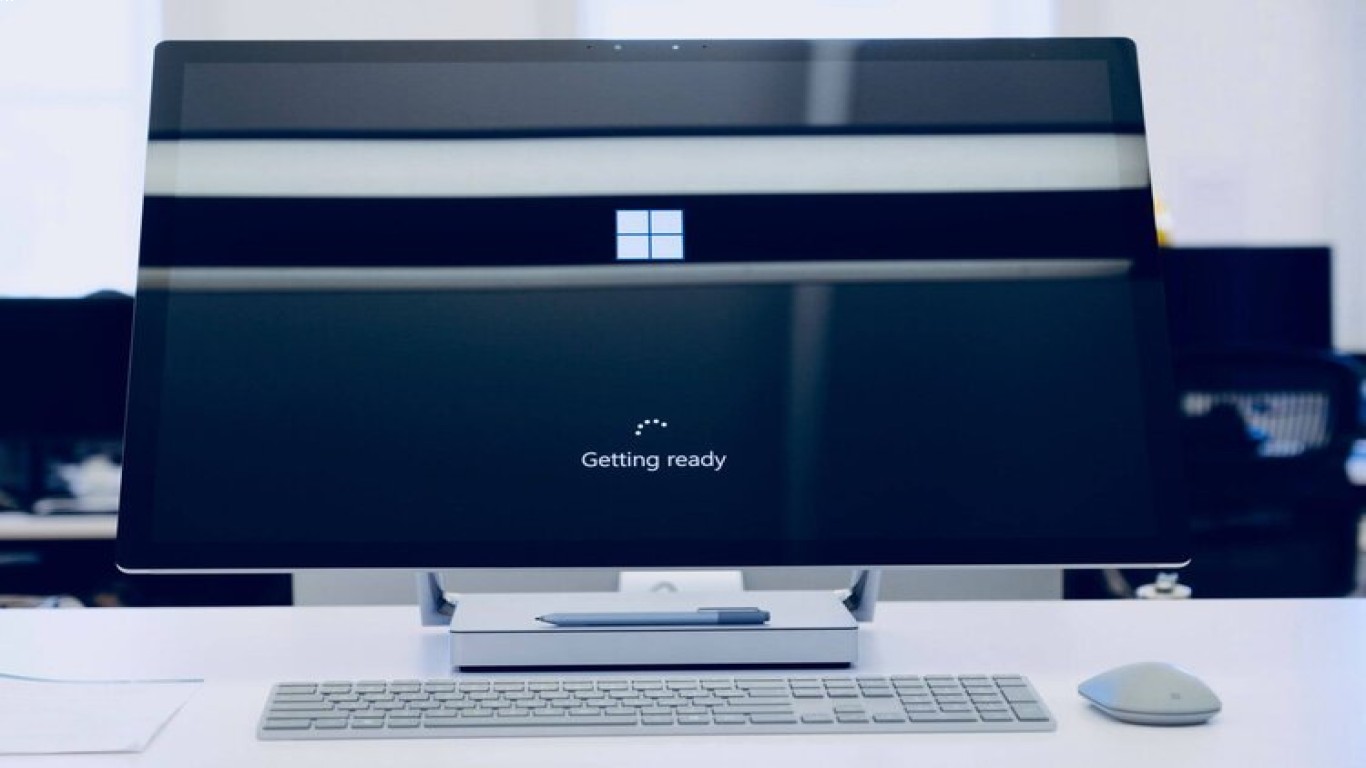How to Speed Up Your Windows 10 PC
How to Speed Up Your Windows 10 PC
If you've been noticing that your Windows 10 PC has been slowing down recently, don't worry, you're not alone. Computers can get bogged down over time for a variety of reasons. Fortunately, there are several ways to speed up your machine without having to buy new hardware. In this article, we'll dive deep into various strategies and techniques to boost your PC’s performance.
Understanding Why Your PC Slows Down
Before jumping into solutions, it's essential to understand why your PC might become sluggish. Common reasons include:
- Too many startup programs: These can consume system resources before you even begin working.
- Overloaded hard drive: As your hard drive fills up, Windows may have a tough time finding the space it needs for temporary files.
- Fragmented files: Although less of an issue with SSDs, fragmented files on traditional hard drives can slow down access times.
- Outdated software: Older versions of software might not be optimized for the latest performance standards.
- Background processes: Programs running in the background can consume CPU and memory resources.
Optimizing Your Startup Programs
Long-tail Keyword: "How to remove startup programs in Windows 10"
One of the most effective ways to boost your PC's boot time is by managing startup programs. Here's how to do it:
- Open Task Manager: Right-click on the taskbar and select "Task Manager".
- Navigate to the Startup tab: Here, you'll see a list of programs that start when your computer does.
- Disable unnecessary programs: Click on a program that you don't need at startup and click 'Disable'. Be cautious not to disable essential system programs.
Reducing the number of startup programs can significantly decrease Windows 10's boot time, allowing for a faster startup experience.
Clearing Out Space
Keyword: "Free up disk space Windows 10"
As your hard drive approaches full capacity, your PC can slow down due to a lack of space for swap files and temporary data. Here's how to create more room:
- Disk Cleanup: Open the Start menu and type "Disk Cleanup". This tool will help you clean temporary files, system caches, and other unnecessary files.
- Uninstalling Unused Programs: Go to Settings > Apps, and uninstall programs you no longer need.
- Cloud Storage: Move large files such as videos and photos to a cloud service like OneDrive or Google Drive.
Defragmenting and Optimizing Drives
Long-tail Keyword: "How to defragment a hard drive in Windows 10"
Defragmentation reorganizes the fragmented data on your hard drive so it can operate more efficiently. While SSDs rarely need it, here's how you can optimize your HDD:
- Open ‘Optimize Drives’: Type "defragment" in the Start menu search and select "Defragment and Optimize Drives".
- Select Your Drives: Choose the drive you wish to defragment (typically your C: drive) and click "Optimize".
- Scheduled Optimization: Ensure that periodic optimization is enabled. This process usually takes a while, so it’s best to schedule it during downtime.
Keeping Software Up-To-Date
Keyword: "Importance of updating software"
Outdated software can slow down your PC since they may lack improvements and optimizations that come with newer versions. Here’s how you can ensure everything is updated:
- Windows Update: Open the Settings app, navigate to "Update & Security", and ensure you have the latest OS updates.
- Update Applications: Use a software management tool or manually check each application.
- Check Drivers: Visit the manufacturer's site to get the latest drivers. Updated drivers can fix bugs and improve compatibility.
Managing Background Processes
Long-tail Keyword: "How to manage background apps in Windows 10"
Background apps can chew through system resources, and managing them can reclaim some much-needed performance:
- Background Apps Settings: Go to Settings > Privacy > Background apps. Here, you can toggle off apps that don't need to run constantly.
- Task Manager: In Task Manager, click the "Processes" tab to see running background processes. Right-click to end any unnecessary tasks.
- Windows Services: Press Win + R, type "services.msc" and disable any unnecessary service startups.
Enhancing Overall System Performance
Keyword: "Improve system performance Windows 10"
Apart from the above steps, enhancing your system's overall performance can also involve:
- Visual Effects: Go to System > Advanced system settings > Performance Settings. Choose “Adjust for best performance” to disable non-essential visual effects.
- Virtual Memory: Increase the size of your page file. Go to System Properties > Advanced > Settings > Advanced tab > Change and set the paging file size.
- Antivirus Scanning: Ensure your system isn't slogging due to malware. Run a full scan using Windows Defender or another trusted antivirus program.
Conclusion
By following the steps above, you can significantly boost the performance of your Windows 10 PC. Whether it's managing startup programs or updating software, every small change can add up to a faster, more efficient system. Remember, regular maintenance is key in keeping your computer running smoothly.
FAQ
1. How do I disable startup programs in Windows 10?
- Open Task Manager via right-clicking the taskbar, navigate to the Startup tab, select programs not needed during startup, and click 'Disable'.
2. Can disk cleanup speed up my PC?
- Yes, freeing up disk space by removing unnecessary files can improve speed by providing more room for system operations.
3. Should I defragment my SSD?
- No, SSDs use a different technology and don’t require defragmentation. Optimization tools can help if necessary.
4. How often should I update my drivers?
- Check for driver updates at least once a month or when you encounter system issues.
5. Will reducing visual effects improve performance?
- Yes, reducing or adjusting visual effects can save system resources and improve performance, especially on older machines.
By keeping these tips and practices in mind, you’ll be on your way to enjoying a snappier and more responsive Windows 10 experience.
#speedupwindows10 #improvepcperformance #windowoptimizations #computertips #enhancewindows10
